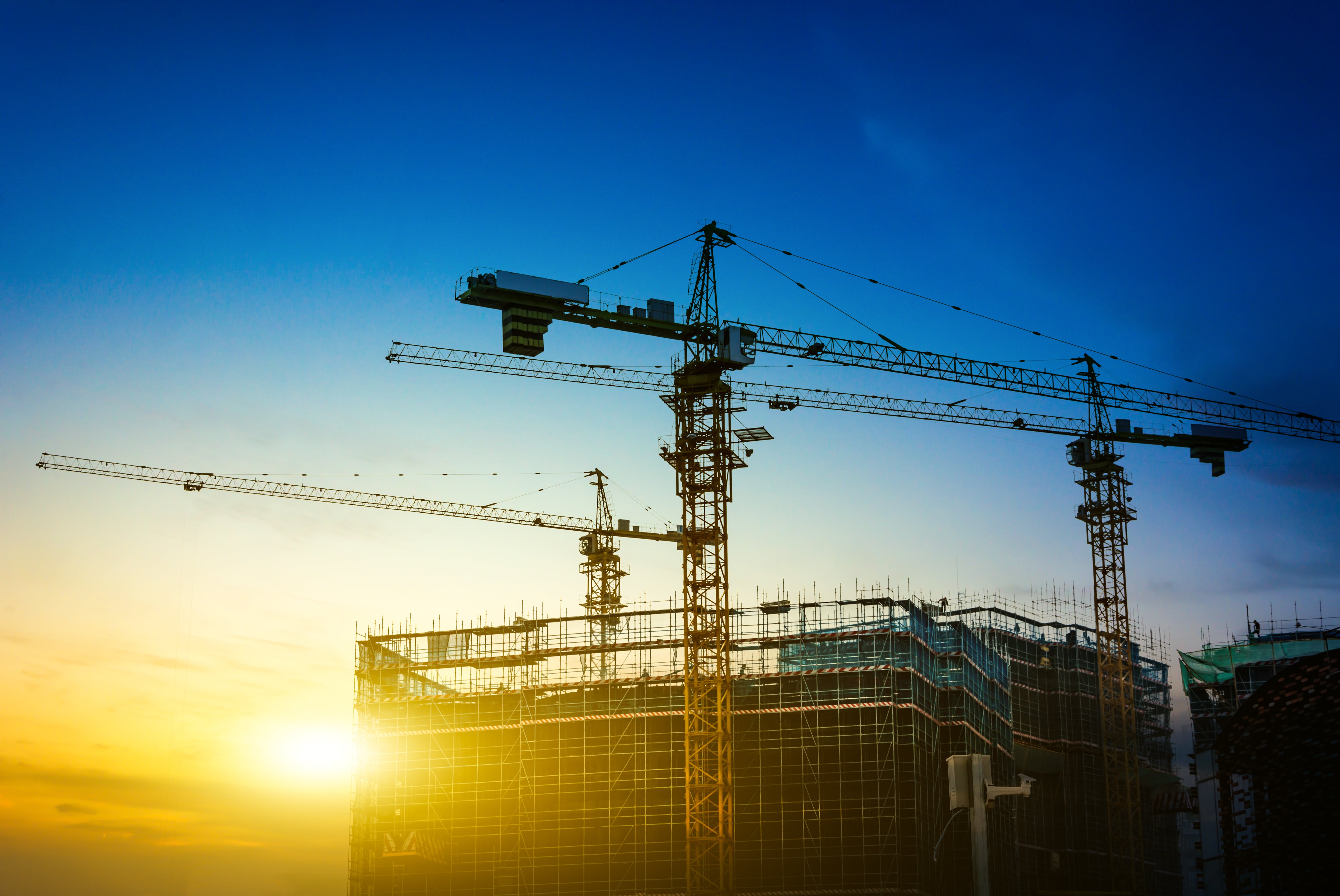
Together, the CSRD and WPM mean that construction companies must report on the CO2 emissions of their construction logistics. But what exactly can you do to reduce that administrative burden?
The CSRD is the first European law to come into force as part of Frans Timmermans' Green Deal. The CSRD states that large, listed companies must report on their sustainability. Not only about their own impact on people, the environment and climate, but also about the impact of the entire chain in which they operate. Companies now also need to map out the environmental, climate and human rights impact of both their suppliers and their customers. In the construction industry, for example, this concerns the emissions of suppliers in both the production and transport of building materials. Because companies subject to reporting collect information from their suppliers and customers, almost all companies have to deal with these sustainability reports.
WPM: reporting obligation work-related personal mobility
In addition to the CSRD, there is also the WPM, the reporting obligation for work-related personal mobility. This regulation will take effect on 1 July 2024 and requires companies with more than 100 employees to report on business travel and commuting of employees. Companies must report on the total number of kilometres travelled in a calendar year, divided by the type of transport and fuel type. In construction, this involves the transport of building materials to the construction site, or construction logistics.
What does the construction industry have to report on?
Both new legislations mean that construction companies will have to report in various areas of sustainability. Not only about the extent to which a building is climate-proof, energy-efficient (or even energy-neutral) and circular. They also have to map emissions, such as CO2 and nitrogen emissions, at the construction site. Finally, they must report on emissions during transport of construction materials.
Small companies must also report
Many people will think 'my company is not subject to CSRD, so this does not apply to me'. However, there is a good chance that you are a subcontractor of a construction company that is subject to CSRD. The main contractor will then collect information from you about sustainability, in order to comply with the regulations. This means that many construction companies, from large to small, will have to deal with an additional administrative burden due to the reporting obligation.
CO2 emissions during transport
To reduce this administrative burden, ICT Incore has developed a tool to map the CO2 emissions of transports. This functionality is part of the Supply Chain Portal, a cloud application that allows partners in the chain to manage their logistics operations in an integrated manner. The Portal has a planning engine (capacity and resources) and a workflow engine (control of processes). The planning and coordination of construction logistics between all parties in the chain, such as main contractors, subcontractors and suppliers, takes place in the Portal. The Portal is already in use by several companies, including construction company Heijmans.
The Portal offers functionalities such as ordering and calling off materials, scheduling deliveries, efficiently handling goods receipt and reporting delays. The dispatch and end location of transports are therefore already registered in the Supply Chain Portal. Based on the type of vehicle and type of fuel, the number of kilometres driven is translated into the corresponding CO2 emissions.
Hardly any extra work; but compliant
While almost all companies that are subject to CSRD are racking their brains about how they are going to comply with their reporting obligations, construction companies that use the Supply Chain Portal are not worried. Emission registration takes place almost entirely automatically, based on the dispatch and delivery location. All you have to do is enter what type of vehicle will be used (type of fuel) so that the Portal can translate the kilometres driven into CO2 emissions.
Are you curious about how that works in practice? Read the case description about Heijmans here.
